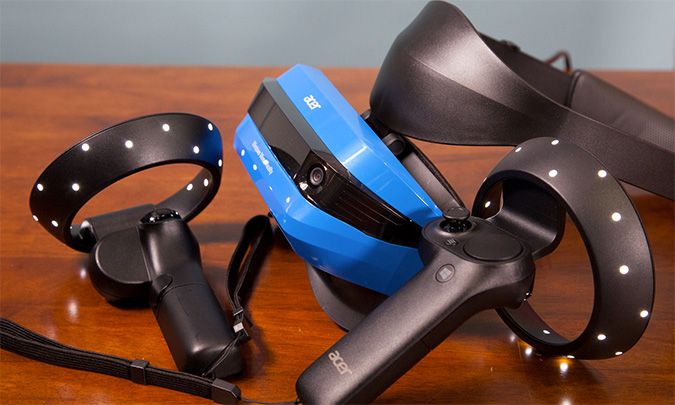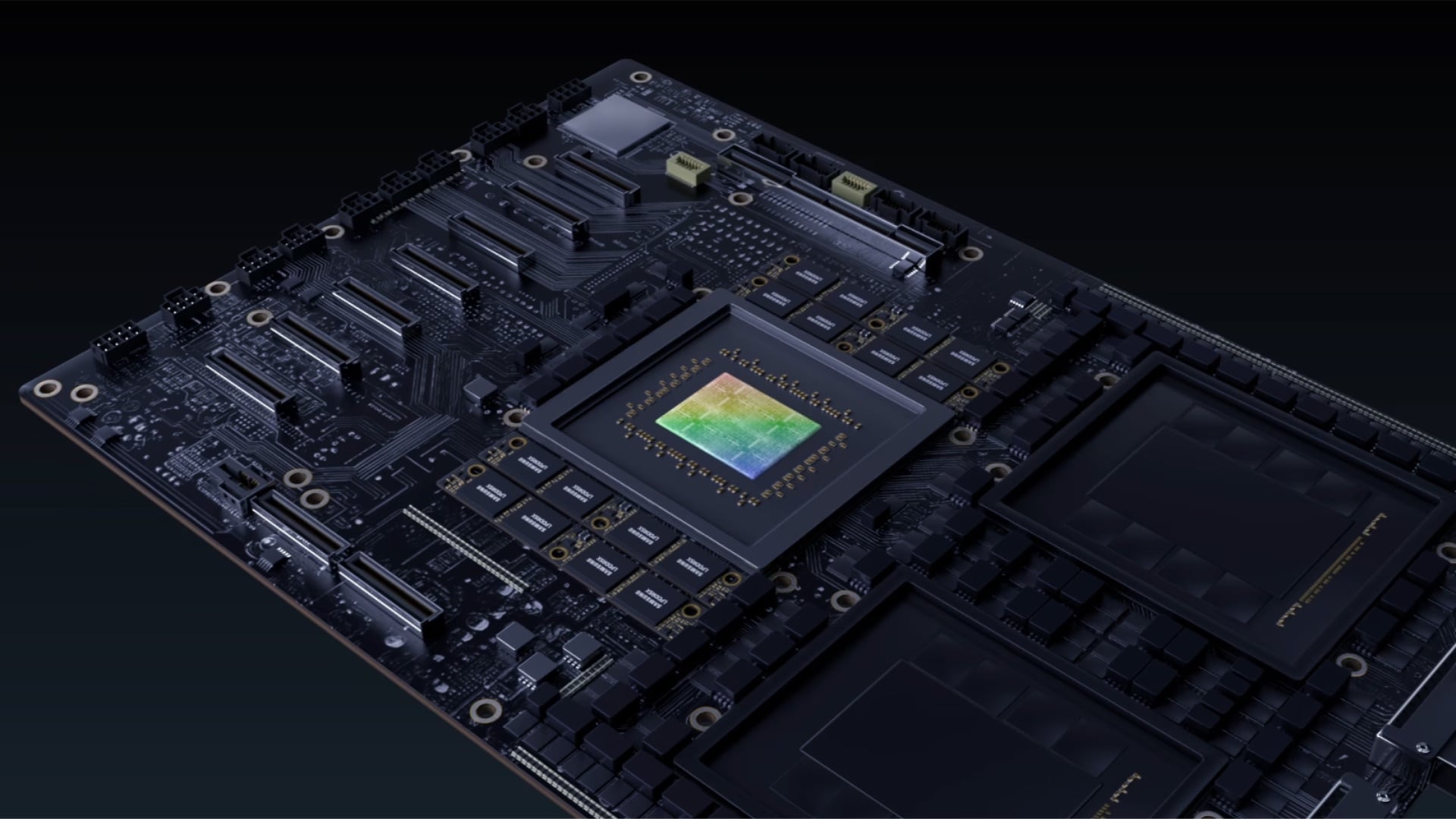
Microsoft’s virtual reality ambitions are shrinking. In a list of deprecated features in Windows, the company has added an entry for Windows Mixed Reality, its platform for running apps and games on headsets.
This means the Mixed Reality Portal app and Windows Mixed Reality for Steam will also meet their ends.
Windows Mixed Reality launched back in 2017, with headsets from several PC manufacturers, including Dell, HP, Acer, Lenovo and Samsung. At the time, the Oculus Quest and HTC Vive were leading the virtual reality pack.
This isn’t a huge surprise, as there weren’t a ton of Windows Mixed Reality headsets out there, and they didn’t seem a ton of wide adoption despite what, in some cases, were affordable prices. HP stuck with the headsets, launching the Reverb G2 in 2020, but there weren’t regular releases from many of the companies that made them.
This leaves HoloLens 2 as Microsoft’s main mixed reality platform, though that’s primarily aimed at businesses and starts at $3,500. There have been questions as to when a HoloLens 3 might ever come, and HoloLens lead Alex Kipman left the company in 2022 following misconduct allegations.
Windows Mixed Reality never seemed to generate the type of excitement that Oculus (and, after being purchased, Meta) could create with its headsets. While Sony has dipped into VR for PlayStation with two separate headsets, Microsoft never made a VR headset for Xbox. And now as Apple is set to launch its Vision Pro headset early next year, Microsoft is backing out of the space.
In recent months, Microsoft teamed with Meta to bring Office and Xbox Cloud Gaming to Quest, which seems to be an extension of the company’s philosophy of making certain products available on any platform.
I’ll always be a bit fond of the potential Windows Mixed Reality had. Back in 2017, I made the mistake of wearing Acer’s headset for a full workday, using the “Cliff House” to place browsers around the walls. It was a bad idea that scars me to this day, but modern-day standalone headsets and improvements to passthrough cameras probably make working in VR far more tolerable. Desirable, though? That’s a whole other question.






